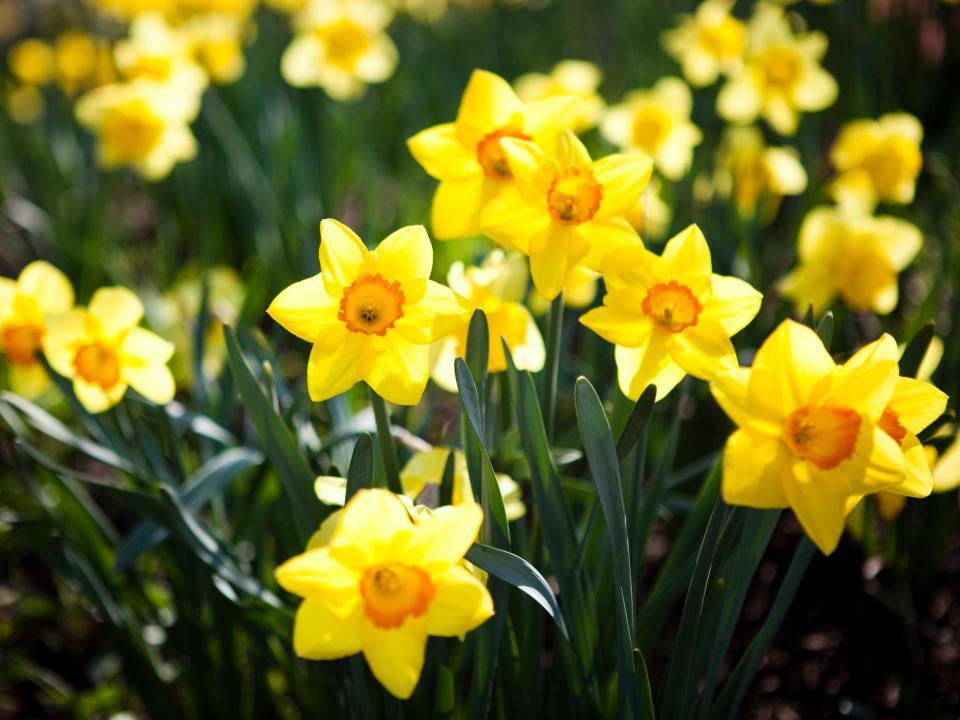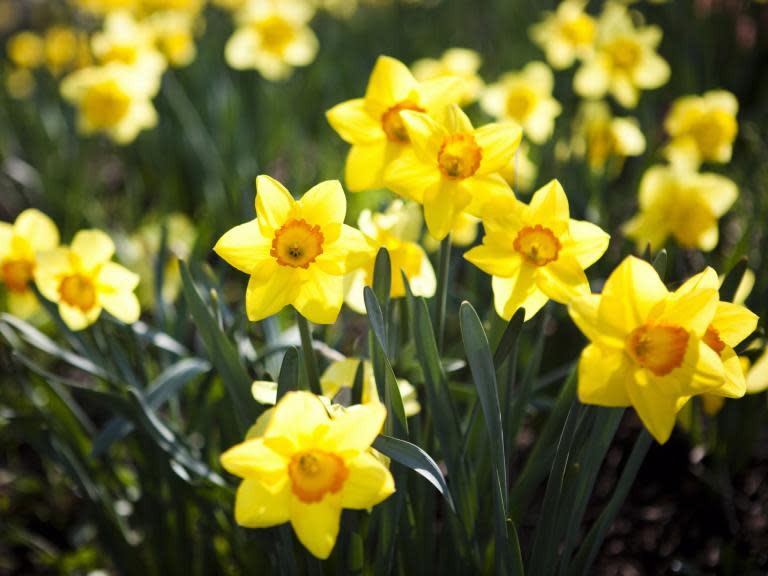When does spring start and what date is the March vernal equinox?
Whether it’s a yellow sprinkling of daffodils lining your favourite park or turning down the thermostat on your heating, it’s clear that the vernal equinox - the signalling of the start of spring - is just around the corner.
On Monday 25 February, the Met Office confirmed Brits had experienced the hottest February day on record in the UK, hitting 20.3C in Ceredigion, west Wales.
The sudden unseasonably warm weather came as a surprise given the stark contrast to the deep snow and sub-zero temperatures as a result of the Beast from the East this time last year.
With changing and unpredictable temperatures, however, it can be hard to decipher when winter ends and spring officially begins.
From when spring starts and why its date varies each year, here’s everything you need to know:
When is spring?
Depending on which definition of spring you use, there are two different dates that mark the first day of the season.
According to the Met Office, Friday 1 March is the first day of the meteorological spring this year.
However, if you go by the astronomical definition of the seasons, the first day is marked on Wednesday 20 March.
What is the meteorological spring?
Meteorological seasons are based on splitting the seasons into four fixed periods, each made up of three months.

These seasons coincide with the Gregorian calendar, which is the most widely used civil calendar in the world and based on a 365-day common year divided into 12 months of irregular lengths.
Meteorological spring is believed to end on Friday 31 May this year, preceding summer which begins on Saturday 1 June.
What is the astronomical spring?
The astronomical calendar determines the seasons depending on the 23.5 degree tilt of the Earth's rotational axis in relation to its orbit around the sun.
Astronomical spring depends on the date of the spring equinox, also known as the vernal equinox and March equinox, which varies year-to-year.
The spring equinox consists of four days - two equinoxes and two solstices - during the year that mark the beginning of a new season. For the Northern Hemisphere, the spring equinox is the moment when winter ends and spring begins.
This year, the spring equinox falls on Wednesday 20 March but it can vary between Tuesday 19 and Thursday 21 March.
The astronomical spring will last until Friday 21 June before the summer solstice begins on Saturday 22 June.
How do the equinoxes and solstices work?
The word “equinox” derives its name from the Latin term “eqi” which means “equal” and “nox” which means “night”.
According to the astronomical calendar, there are two equinoxes each year in March and September, when the day and night are approximately 12 hours each everywhere on Earth.

This happens when the celestial equator - an imaginary projection of the Earth's equator onto the sky - is the closest part of the Earth to the sun.
Meanwhile, the world “solstice” comes from the Latin word “solstitium” meaning “sun stands still”.
The summer and winter solstices occur when the sun is at its furthest from the celestial equator between 20-21 June and 21 – 22 December.
How is the supermoon connected with the spring equinox?
The third and final supermoon of the year is due to coincide with the vernal equinox on Wednesday 20 March.
Titled the "Full Worm Supermoon", this will mark the first time a full moon and the spring equinox have coincided within four hours of one another in 19 years, according to the Old Farmer's Almanac, a publication that provides information on weather forecasts and astronomical data.
As the full moon will be a "supermoon", this means the moon will nearly be at its closest distance to the Earth for the month of March.
The "Full Worm Supermoon" is expected to appear larger and brighter than a typical full moon when it appears.
March's supermoon has been so-called because it marks the time of year when more worms begin emerging from the thawing ground.
Keep up to date with the UK's weather here.



